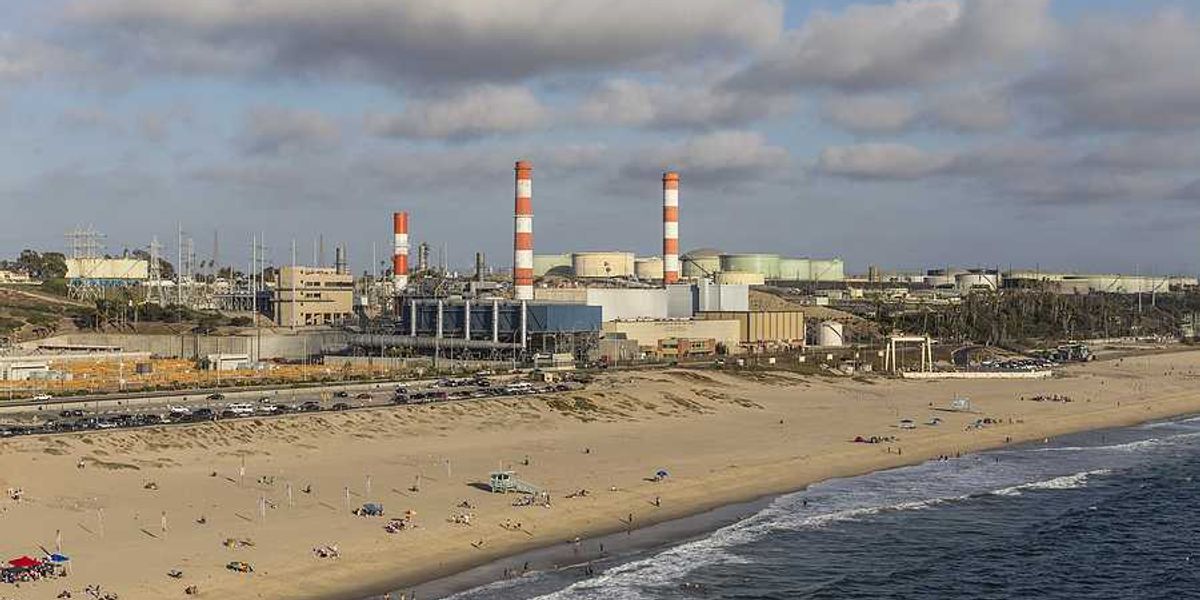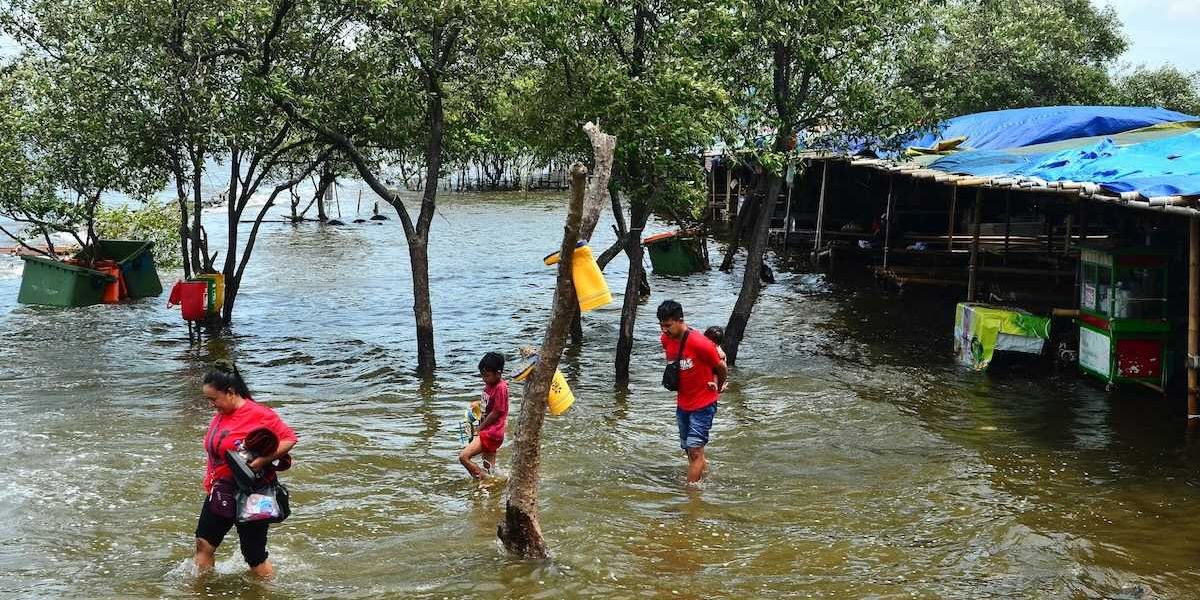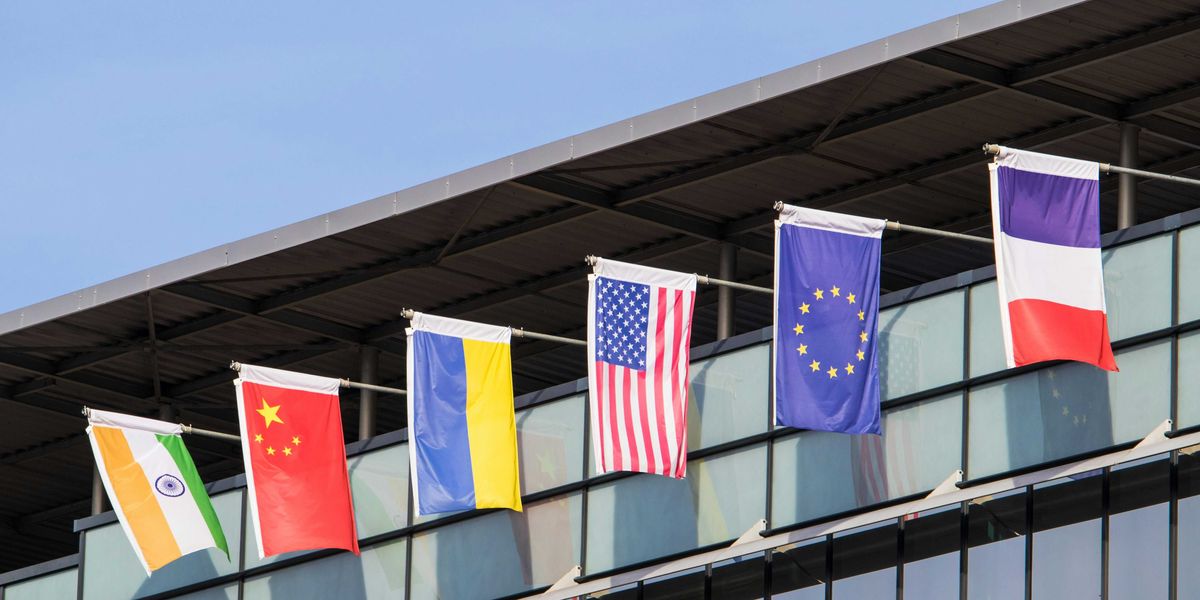Alaska braces for rising heat as warming climate shatters old norms
Temperatures nearing 90 degrees prompted Alaska to issue its first heat advisory, highlighting how unprepared the state remains for the effects of a warming planet.
Ruby Mellen reports for The Washington Post.
In short:
- The National Weather Service issued Alaska’s first-ever heat advisory as Fairbanks faced temperatures between 85 and 89 degrees, a range increasingly common in a state historically built for cold.
- Homes across Alaska are ill-suited for heat, lacking air conditioning or fans; long daylight hours and poor heat dissipation make the risk of heat-related illness more acute.
- Heat is Alaska’s fastest-rising climate threat, triggering health concerns, glacial melt that raises river levels, and wildfire risks that worsen air quality.
Key quote:
“Even in places where people might think they’re immune from extreme heat — they’re not anymore.”
— Jennifer Marlon, research scientist at the Yale Program on Climate Change Communication
Why this matters:
Extreme heat kills more Americans than any other weather event, and as climate change accelerates, regions historically immune to high temperatures are losing that buffer. Alaska, warming faster than any other U.S. state, is a stark example. Its homes and infrastructure are designed to trap heat, not shed it, and many residents aren’t physically acclimated to sudden spikes. Longer summer daylight and the absence of cooling systems compound the health risks. Heat waves can also melt glaciers faster, pushing rivers toward flood conditions, and feed wildfires that choke the air with smoke. The appearance of heat advisories in Alaska marks not just a meteorological shift but a deeper signal: The norms we’ve used to define safe, livable environments are slipping away, even in places once synonymous with ice.
Read more: Alaskan Indigenous communities adapt to climate change













